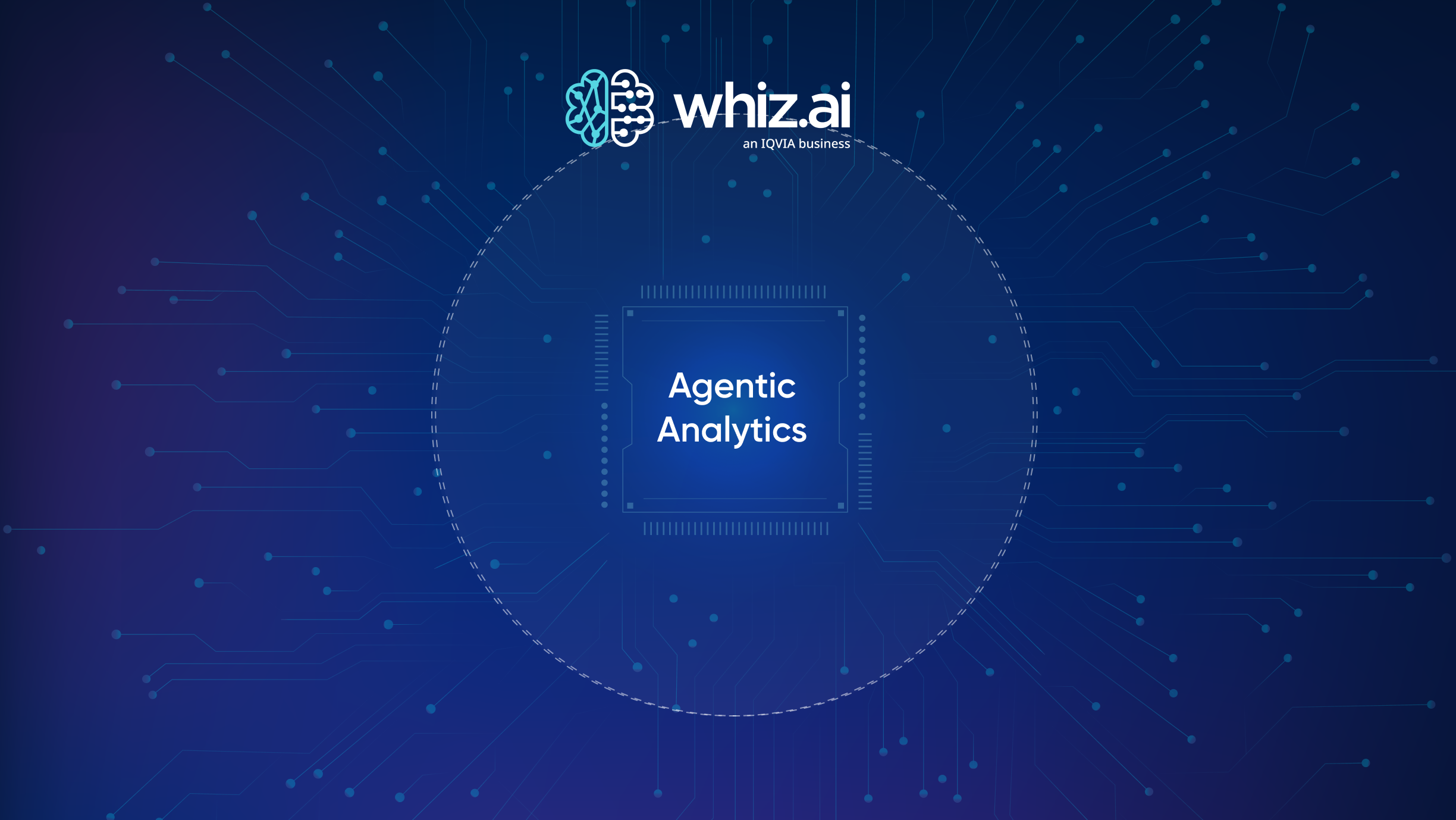What You Need to Know About Solutions from Healthcare Analytics Software Companies


A Guide to Choosing Healthcare Analytics Software
- Define Objectives:
The first step is to define business goals. An organization’s primary goal, whether to increase its return on investment in data, enable data-driven decision-making throughout the organization, or break down data silos for deeper insights, should guide the search for an analytics platform. - Test User-friendliness:
Traditional data analytics platforms aren’t easy for all staff members to use. Data or IT teams with data expertise need to build dashboards, run analyses, create visualizations, and provide reports. Healthcare organizations that want to give users analytics autonomy should look for a solution designed for easy interactions. For example, forms of natural language processing (NLP) and deep learning allow the platform to understand users when they ask questions conversationally and to provide accurate, contextual answers. A leading platform will also automatically choose the optimal visualization based on the data. Demoing the platform with all business users in mind is a good way to determine how it will be received and the level of user adoption the healthcare organization can expect. - Investigate Artificial Intelligence:
Artificial intelligence (AI) can provide healthcare organizations with greater speed to insights and the ability to identify patterns or anomalies that may have gone unnoticed with traditional analytics processes. However, not all AI analytics platforms are the same. Developers can design their solutions to leverage different forms of artificial intelligence. Before investing, organizations should clearly understand the platform’s capabilities. - Add the Advantage of Enterprise-Readiness:
Healthcare analytics platforms must be integrated into the organization’s broader IT environment, both to use its data and to make insights easily available to users. An enterprise-ready platform will enable integration with the business applications staff, healthcare practitioners, and leadership commonly use so they can build data-driven decision-making into their daily workflows. An enterprise-ready platform also keeps data secure and protects personally identifiable information (PHI) by enabling granular control over access to certain columns or fields in a database. Healthcare enterprises can also benefit from multilingual platforms that allow employees to interact with it most naturally. - Ensure Scalability:
Leading healthcare analytics software companies address organizations’ challenges with scalability. Traditional analytics dashboards are limited in the amount of data they can analyze and the number of data sources they can use. However, with exponential healthcare data growth, the best platform will scale with data volumes and the organization’s needs. Investigating the platform’s architecture will reveal its potential to scale, for example, if it’s based on microservices architecture managed by Kubernetes. - Value:
When a healthcare organization has found analytics software that aligns with the specifications it determined, the last step is to consider the value it will provide. Although the price of analytics platforms varies, it’s crucial to do a more thorough analysis, considering the return on that investment and the impact it can make on the total cost of ownership (TCO) of data analytics. The value of a solution from innovative healthcare analytics software companies can be dramatic. For example, WhizAI user data shows that with its platform, designed for easy access to actionable insights, user adoption can be as high as 100%, and it reduces dependence on the IT or data team by 40% and decreases data analytics TCO by 50%.
How One Organization Overcame Challenges with Growing Data Volumes
A market access team at a top global pharma company struggled with productivity losses when attempting to stay current with payer and plan performance, revenue leak, and competitive intelligence. The team needed to analyze 3 billion data records and decrease its time to insight.
WhizAI provided the organization with an analytics platform that gives users autonomy, provides alerts, and enhances interactions with its provider ecosystem. As a result, productivity increased by 5x and, because dependency on expensive resources and operational spend decreased, TCO fell by 50%
Frequently Asked Questions
Is WhizAI trained for healthcare and life sciences?
Yes. WhizAI’s training gives it excellent healthcare and life sciences domain cognition, which gives it the ability to provide relevant responses right out of the box.
How difficult is it to implement WhizAI?
WhizAI provides organizations support throughout the implementation process. The WhizAI team usually needs assistance from the organization to access data and understand any special requirements it has. That process usually takes a few hours per week for two weeks. The WhizAI team also works with the organization’s in-house resources for one or two weeks during testing. Training only takes two or three 30-minute sessions, and then users can begin accessing the insights they need to increase their productivity and performance.
How quickly can WhizAI provide insights?
WhizAI developers have tested the platform with billions of data points and were still able to receive accurate, contextual responses in less than a second. WhizAI exponentially reduces the time from data to insights that organizations experienced with traditional dashboard solutions, which could total weeks as data teams built dashboards, ran analyses, created visualizations, and ran reports.
How can users access insights with WhizAI?
WhizAI integrates with the applications that employees typically use, such as Microsoft Teams, so they can access data with a few clicks and without opening a new application. Additionally, users can use the platform from a PC, laptop, tablet, or smartphone.
Do users have control over the insights shown on their dashboards?
Yes. Users choose what appears and can use Pinboards to save information and share it with colleagues. Additionally, WhizAI learns with use, so it will personalize how it provides information


Subscribe to our blog








.png)






.avif)



.png)